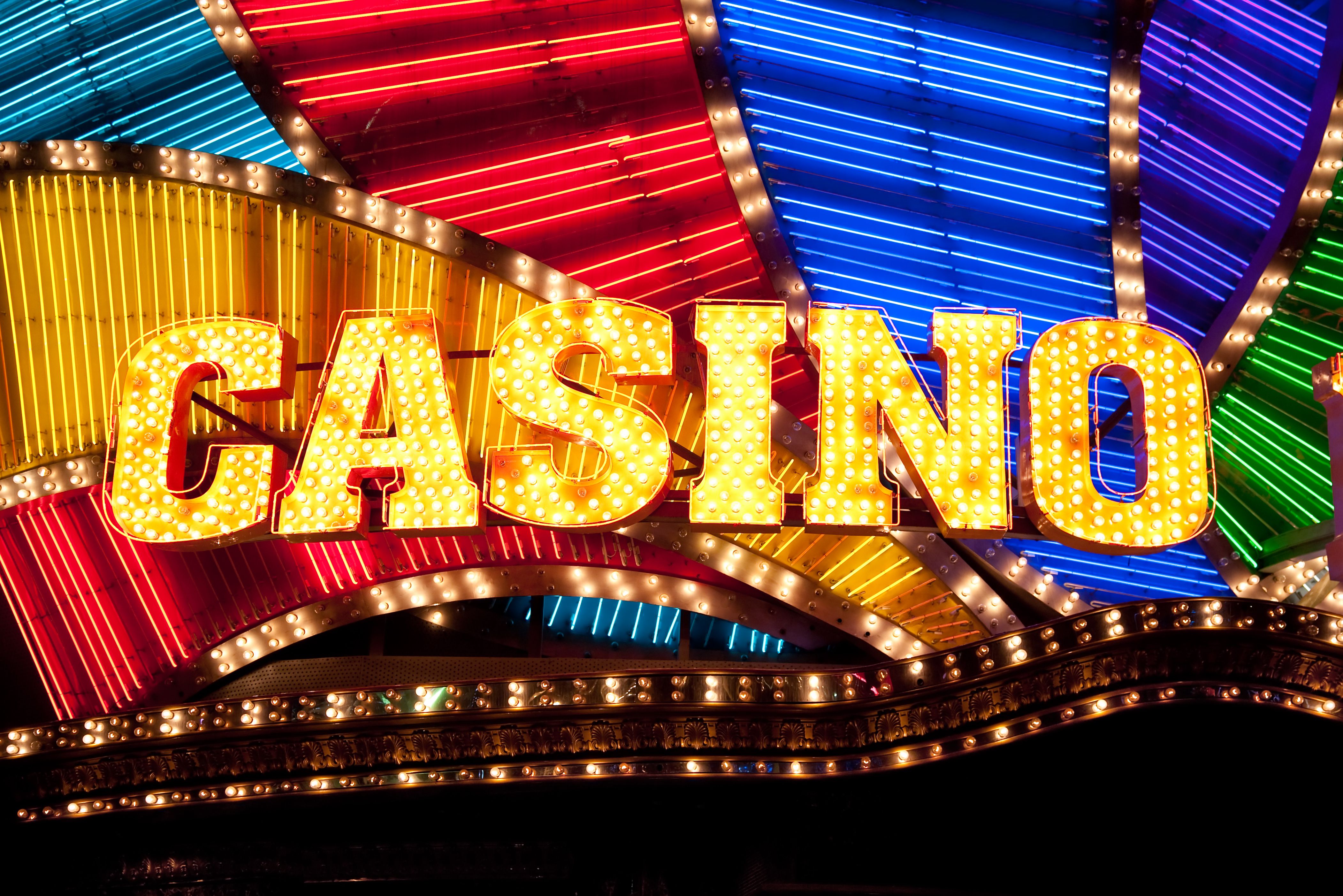
In the vibrant and stimulating world of casinos, wherein fortune and tactics intertwine, color and aesthetic play a critical role in attracting gamblers. From the moment visitors step inside a casino or access a gaming platform, they are enveloped in a visual feast that captures their attention and lures them to explore more. https://defensorseguros.com/ Bright colors, engaging graphics, and creative layouts are carefully crafted to create an atmosphere of excitement and expectation, ultimately improving the gaming experience.
As gamblers navigate through the ever-changing landscape of casino games, they encounter a variety of designs that not only serve aesthetic purposes but also influence emotions and decision-making. Colors like red and gold symbolize riches and fortune, while calm blues and emeralds can create a much tranquil environment. Understanding how these elements work together enables casinos to create an inviting and stimulating atmosphere that encourages players to engage with the games, spend more time at the tables, and boost their overall enjoyment.
The Study of Hue in Gaming Establishments
Color plays a critical role in the development of gaming experiences, affecting players’ emotional states and actions. Vivid and bold shades, such as crimson and amber, are often used to ignite excitement and capture notice. These colors create a sense urgency and vitality, encouraging players to participate more readily with the game. By thoughtfully selecting tints, developers aim to evoke emotions of joy and expectation, which can enhance the complete game experience.
Distinct shades also have psychological connotations that can affect how gamblers perceive their odds of victory. For example, green is often associated with luck and wealth, making it a popular choice in activities like roulette and poker tables. This connection can lead participants to feel more hopeful and assured in their gameplay, ultimately encouraging them to wager more. Understanding these links allows game designers to design environments that enhance player happiness and engagement.
In addition, the layout of casino game interfaces often uses gradients and opposing colors to guide players’ responses. For instance, successful combinations may be highlighted with vivid, opposing hues, creating a visual cue. This method supports successful results and promotes repeated gameplay. By utilizing the science of color, gambling establishments can develop games that not only captivate participants but also maintain them involved and dedicated in their play experience.
Design Elements that Attract Gamers
The visual appeal of gambling games is primarily influenced by the use of vibrant colors. Lively and striking colors are deliberately chosen to create an inviting atmosphere that grabs interest. For example, crimson and golds often signify good fortune and wealth, which is why they are common in the palettes of gaming machines and table surfaces. These colors not only attract players in, but they also evoke emotions associated with excitement and anticipation, enhancing the overall gaming experience.
In parallel to color, the aesthetic and organization of casino games play a crucial role in player attraction. Games are designed to be user-friendly, ensuring that players can easily understand the rules and mechanics. User-friendly interfaces, along with captivating graphics and motion, help maintain player interest and promote extended play sessions. The physical elements, such as the texture of the controls and the audio of the games, also contribute to a holistic sensory experience that keeps players immersed.
In conclusion, thematic elements in gaming design can greatly influence gaming decisions. Many gambling games are inspired by popular culture, fairy tales, or adventure themes, featuring symbols and characters that resonate with players. These themes create a sense of engagement and relatability, making each game feel distinct. When players feel a bond to the theme, they are more likely to opt for that game over others, leading to higher participation and enthusiasm within the gambling environment.
Case Studies: Successful Gambling Game Designs
One key example of effective casino game design is the acclaimed slot machine series themed around popular movies. Games such as those based on the The Wizard of Oz and Game of thrones utilize vibrant colors and superior graphics to enthrall players in well-known narratives. The application of dynamic visuals and entertaining sound effects takes the attention of players, establishing an affective connection to the theme. This tactic merely encourages longer play but also boosts the overall gaming experience, yielding increased player retention.
Another successful case is the application of the psychology of color in table games like blackjack and roulette. Casinos often design these games with deep reds and greens, colors traditionally linked with luck and wealth. For instance, the emerald felt on a blackjack table provides a relaxing effect, while the crimson accents in the wheel invite anticipation. This thoughtful use of color helps to create an inviting atmosphere that encourages players to join in, fulfilling their psychological impulses and increasing their enjoyment.
Finally, social casino games that incorporate community features and vivid, colorful designs have seen remarkable success in engaging players. Games like Zynga’s Poker and Slotomania leverage striking colors and playful animations to forge an inviting online environment. The inclusion of leaderboards, community sharing options, and in-game rewards promotes competition and community, pulling players in for longer sessions. Such designs not just make the games visually appealing but also underscore social connectivity, a vital factor in player retention and engagement within digital casino environments.